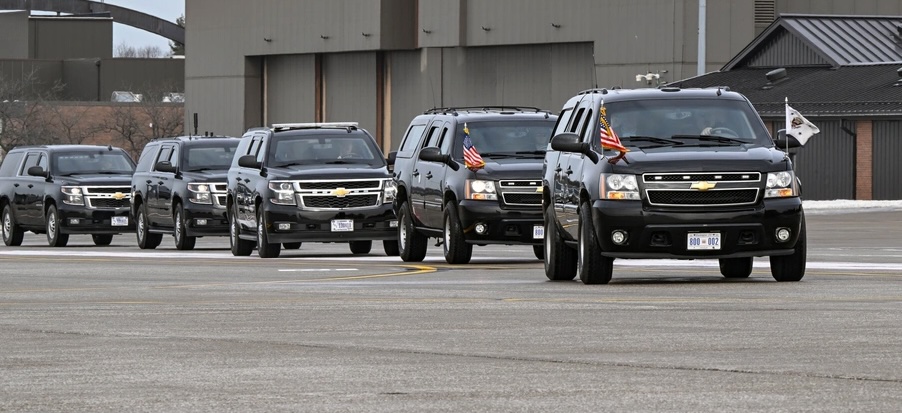Already a subscriber? Make sure to log into your account before viewing this content. You can access your account by hitting the “login” button on the top right corner. Still unable to see the content after signing in? Make sure your card on file is up-to-date.
Vice President JD Vance is officially set to hold a meeting with Ukrainian President Volodymyr Zelensky as the Trump administration continues to push for an end to the War in Ukraine.
Some shit you should know before you read: Over the last two weeks, President Donald Trump has reportedly held calls with Russian President Vladimir Putin and engaged in back-channel discussions with Ukrainian President Volodymyr Zelensky as part of his push to broker a deal to end the War in Ukraine. Trump’s proposed settlement to end the war would involve freezing the conflict along current front lines, barring Ukraine from NATO membership, and deploying European Union peacekeepers to monitor the ceasefire. In exchange for halting further Russian advances, the US would provide Ukraine with weapons and financial aid to maintain its defenses while also securing access to Ukraine’s rare earth minerals as part of a broader economic agreement.

What’s going on now: The White House has confirmed that Vice President JD Vance, along with Treasury Secretary Scott Bessent, will meet with Ukrainian President Volodymyr Zelensky during the Munich Security Conference in Germany. The meeting, set to take place later this week, is expected to focus on the Trump administration’s push for a resolution to the ongoing war, with discussions likely covering military aid, economic support, and potential peace negotiations. President Donald Trump, who has vowed to end the conflict quickly, announced Bessent’s trip on Truth Social, stating, “I am sending Secretary of the Treasury Scott Bessent to Ukraine to meet President Zelensky. This war MUST and WILL END SOON — Too much Death and Destruction. The US has spent BILLIONS of Dollars Globally, with little to show. WHEN AMERICA IS STRONG, THE WORLD IS AT PEACE.”
Trump’s statement follows other remarks that have sparked concern among Ukraine and some EU allies, particularly his suggestion that the country’s sovereignty is uncertain. In a Fox News interview, he stated, “They may make a deal, they may not make a deal. They may be Russian someday, or they may not be Russian someday.” These comments have been met with approval from the Kremlin, with Russian spokesperson Dmitry Peskov claiming that “a significant part of Ukraine wants to become Russia” and that Trump’s words align with Moscow’s position.

This comes at a critical moment as both Ukraine and Russia are running out of time before they have to make major decisions about the war’s future, including the possibility of mobilizing more troops over high casualties on both sides. In addition, over the last month, Ukraine has systematically targeted Russia’s oil industry with long-range drone strikes, causing significant disruptions to refineries and storage facilities, further straining Russia’s wartime economy. Simultaneously, new western sanctions have hit Russia’s energy sector, limiting its ability to export oil and reducing a crucial source of revenue that funds its military efforts. These pressures have led many analysts to believe that Russia may soon need an exit strategy, as prolonging the war without a decisive victory risks economic collapse and internal instability.
At the same time, Ukraine is facing its own challenges, as its ability to sustain the fight depends on continued Western military aid—aid that could be cut off depending on if the US shifts its policy on the war.






